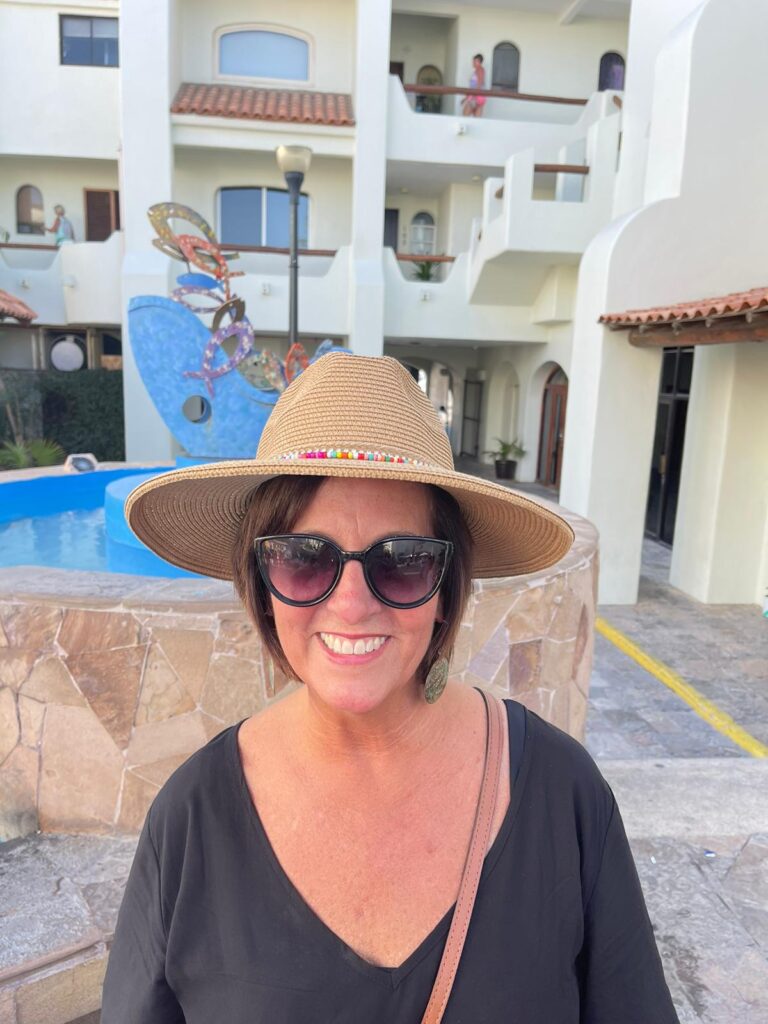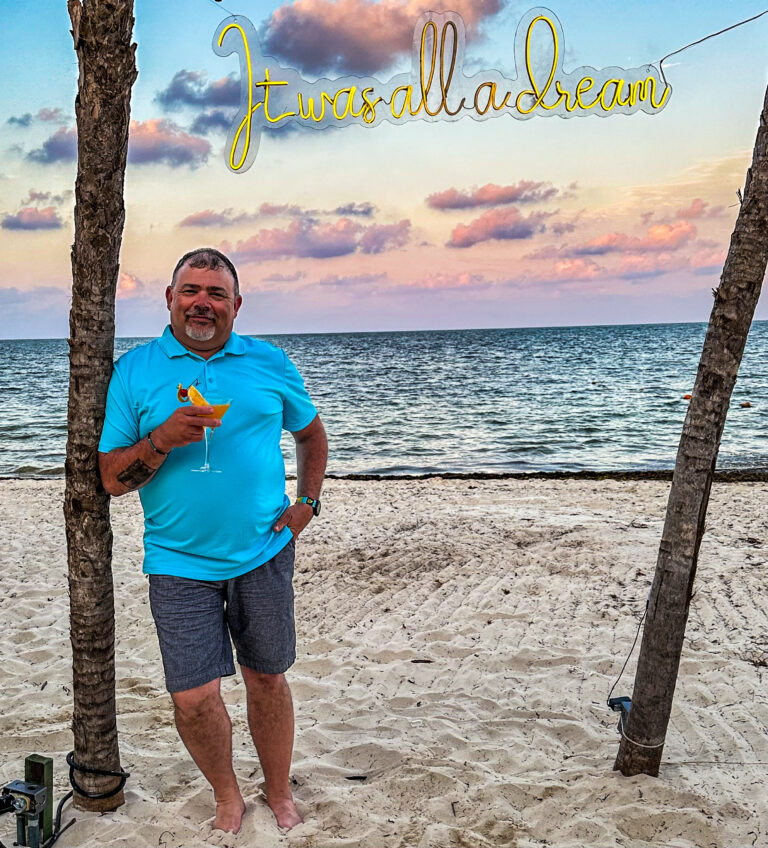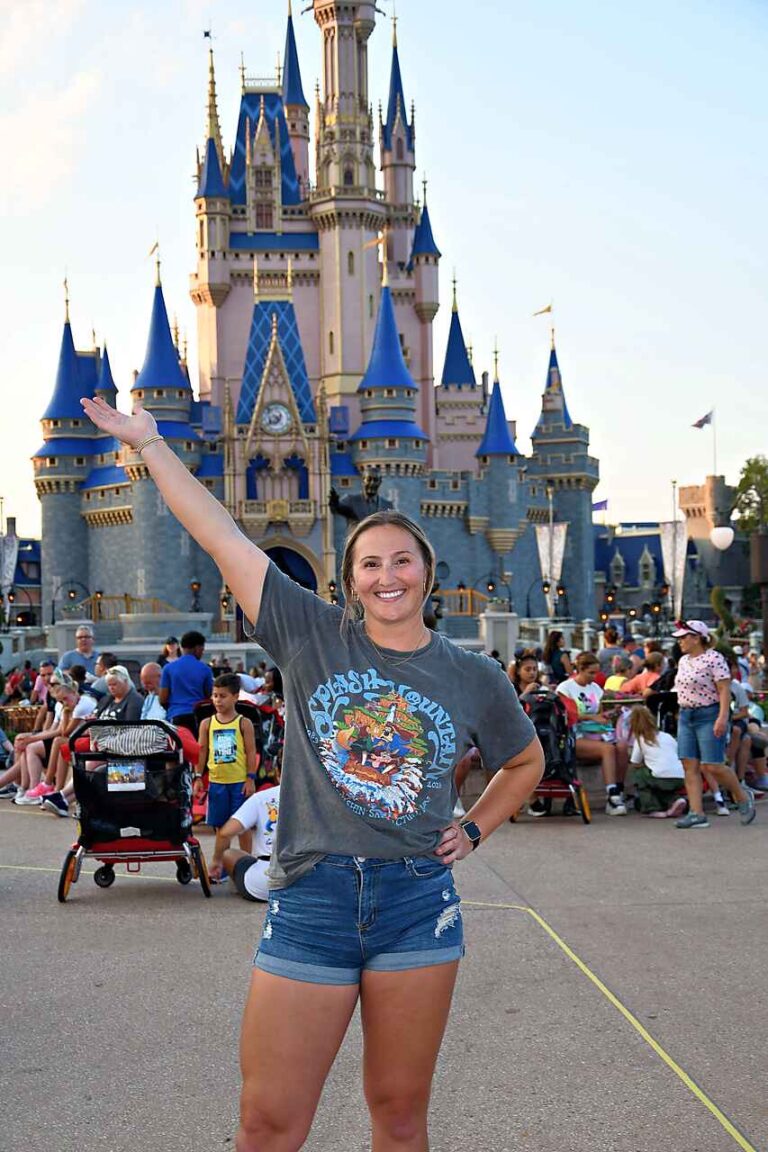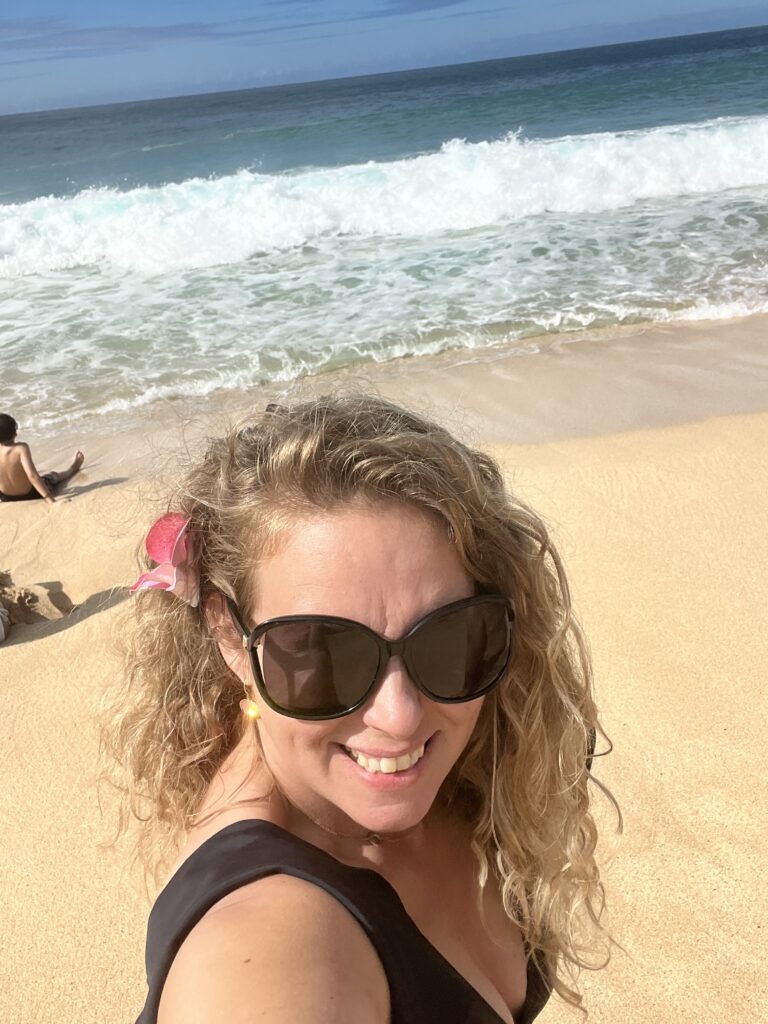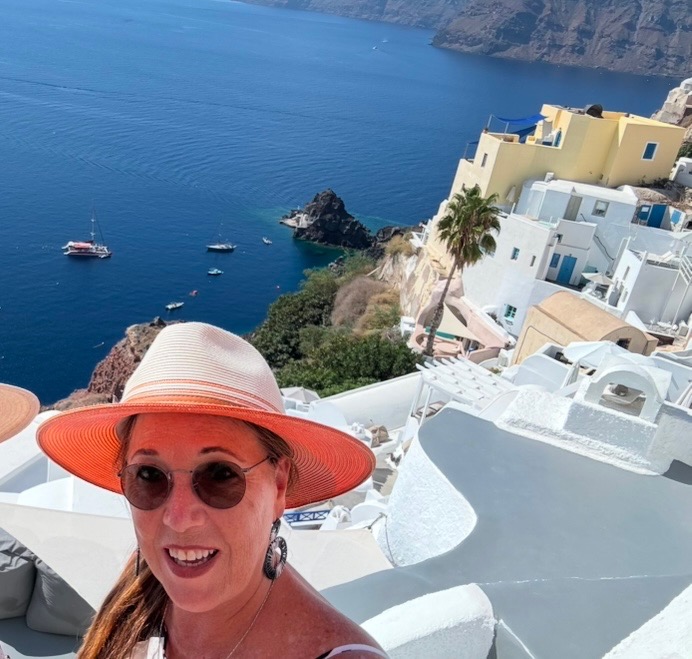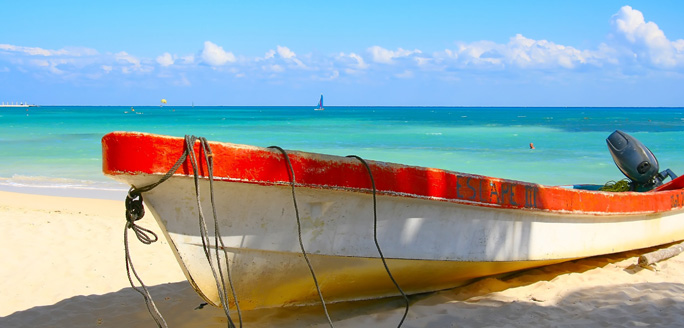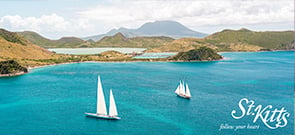> St. Croix
> St. Croix
Overview
Introduction

St. Croix is the largest of the U.S. Virgin Islands, at 84 sq mi/220 sq km. The Danish influence still lingers there. The two major towns on St. Croix, Christiansted and Frederiksted, are anchored by forts and historic buildings, and the countryside around them is dotted with deserted sugar mills and plantation houses. Neighborhood names such as Sally's Fancy, All for the Better, Wheel of Fortune and William's Delight are the legacy of those plantation days.
But a rich history is not all St. Croix has going for it. Its landscape of rolling green hills, cattle farms and rain forest is sprinkled with wildlife refuges, golf courses and several large parks, including one that's partly underwater.
The U.S. Virgin Islands sustained severe damage during Hurricanes Irma and Maria in September 2017. St. Croix has shown great resiliency after the storms, even as it benefitted from far-sighted building codes that reduced potential destruction. Most beaches, attractions, restaurants and resorts have reopened, many emerging from renovation projects even better than before. These have also been strengthened so that they can better withstand future storms.
Must See or Do
Sights—Hitting the beaches or snorkeling at Buck Island Reef National Monument; gazing out from Point Udall, the easternmost point in the United States; touring the Christiansted National Historic site.
Museums—Touring the restored sugar plantation at Estate Whim Museum.
Memorable Meals—The view of Christiansted Harbor from Rum Runners; casual atmosphere near the water at Off the Wall; creative cuisine at Savant.
Late Night—Table games at Divi Carina Bay Casino; Jump Up celebrations in Christiansted.
Walks—A stroll along any of the beaches; through Christiansted and Frederiksted for the architecture; a hike through the rain forest; a stroll through St. George Village Botanical Garden.
Especially for Kids—Water activities on any of the beaches; the Mocko Jumbies (stilt walkers) at the minicarnivals; children's programs at St. George Village Botanical Garden; a sail aboard the 1925 racing schooner Roseway.
Geography
St. Croix is 22 mi/35 km long and just more than 6 mi/10 km at its widest point. The island's east and west ends differ dramatically in their terrain and climate patterns. The west end is lush and green and has a small tropical rain forest. Brief tropical showers are common on the west side of St. Croix, which is covered in rolling green pastures. The east end, however, is prone to long periods without rainfall, and cacti are more common than flowering plants or trees. The island has its share of hillsides, too, with the highest point being Mount Eagle at 1,088 ft/337 m.
St. Croix has two main towns, Christiansted in the east and Frederiksted in the west. The island has a few natural harbors and several protected bays with plenty of sandy beaches in between.
History
The first known settlers of St. Croix were the Igneri people, followed by the Taino and then the fierce, reputedly cannibalistic Caribs. The Carib tribe welcomed Christopher Columbus to the island's shores in 1493 with a hail of arrows. Columbus quickly retreated but not before naming the island Santa Cruz, or holy cross.
During the course of the next two centuries, the Spanish, British, French and Dutch had possession of St. Croix and at times, even coexisted peacefully. But it is clearly the Danish legacy that is most evident today in Christiansted and Frederiksted's unique architecture and street names.
The Danes sold the islands of St. Croix, St. Thomas and St. John to the U.S. in 1917, and during the following four decades, the islands' agriculturally based economy altered to embrace the tourism and oil-refining industries. St. Croix was the first of the U.S. Virgin Islands to open a casino, and Diageo's rum distillery adds to the island's economic engine.
Potpourri
Point Udall, St. Croix, is the easternmost point of the U.S.
The only positively documented site in a U.S. territory associated with Columbus' exploration of the New World is at Salt River Bay National Historical Park and Ecological Preserve.
Born on Nevis in 1755, Alexander Hamilton moved to St. Croix at the age of 10 and soon went to work to help support his family. His abilities caught the eye of benefactors, who funded his education at what is now Columbia University, where he caught the revolutionary spirit. He attributed his success to his mother's intelligence and to his early business experience in St. Croix.
St. Croix beaches, especially those on the island's west end, serve as nesting places for several varieties of turtles during the summer months.
Horn honking can mean a number of things, including "thanks," "go ahead" or "here I come." Listen and you'll detect the meaning.
In 1878, three local women led protests to demand higher pay and better working conditions. The protests escalated to riots, and rioters set the island on fire. The three women were sentenced to jail and served their time in Denmark; they later became known as the "Queens of Fireburn."
International Talk Like a Pirate Day, on 19 September, originated in St. Croix as a goofy idea and soon went viral. Blogs, books and an official website fan the flames, matey.
Location
In Christiansted, smaller cruise ships pull in at the Gallows Bay Dock, which is about 1 mi/2 km east of town. In Frederiksted, passengers arrive at the Ann E. Abramson Pier downtown. Cruise ships typically dock in the morning and leave in the late afternoon.
Tourist information is available at the U.S. Virgin Islands Department of Tourism, at the Scale House and various kiosks along the waterfront in Christiansted and in Frederiksted.
Shore Excursions
Typical excursions on St. Croix include tours of historic homes and gardens, ecotours (snorkeling, scuba or by kayak) or touring by bike or on horseback. Check with your ship's shore-excursion staff or your travel agent for additional information.















